Trending Now
Sunday, Nov, 2024
Home / Indian Rupee at its Lowest Point This Year: Students Planning to Study Abroad in Tension
Indian Rupee at its Lowest Point This Year: Students Planning to Study Abroad in Tension
Indian students planning to study abroad are presently facing many hardships and challenges in executing this plan. The value of the Indian currency, the rupee, is dropping against a strong US dollar, which forced some families to scoop deeper into their savings or take out more loans to fund their education.
 by Pragti Sharma /
by Pragti Sharma /  05 Aug 2022 16:34 PM IST /
05 Aug 2022 16:34 PM IST /  0 Comment(s) / 297
0 Comment(s) / 297

Indian students planning to study abroad are presently facing many hardships and challenges in executing this plan. The value of the Indian currency, the rupee, is dropping against a strong US dollar, which forced some families to scoop deeper into their savings or take out more loans to fund their education. In mid-July, the Indian rupee fell to its rock bottom against the US dollar: 80 rupees against the US currency.
An Indian Master's level student, Nancy Tiwari, expressed that everything, including tuition fees, travel tickets, and living expenses, has become expensive because of exchange-rate volatility. She said her family had taken a loan from the bank to meet the cost of her education in America. But with the fall in the rupee, we shall have to take an additional loan now. The higher cost of studying abroad for Indian students now is well-illustrated in this calculation by the CEO of school connect, Ashish Fernando: An Indian student who always paid a fee at an exchange rate of about 65 rupees per dollar in 2017 might end up paying 78.20 rupees per dollar this year.
The plurality of experts believes that the dream of pursuing education abroad is so powerful in India that financial hardships are unlikely to stem the flow of Indian students to the US for education. The co-founder of Collegify, Rohan Ganeriwala, stated that even though the rupee is at its lowest point, students are flocking to quality institutions. Foreign education is something that students and parents prepare for over two to three years. The quality of education and the return on investment are the driving factors, and people will anyway make that investment despite the rupee falling.
Indian families have multiple finance options available from state-owned banks, private banks, and even non-banking financial companies that they can go to if needed. Another expert, Vibha Kagzi, the CEO of ReachIvy.com, said the declining rupee is going to have a short-term influence and that as long as the US job market continues to be vigorous in the midst of the trend of Great Resignation, salaries increase amongst persisted talent war and work visa authority is liberal along with two-three years work permit post-study, the United States will resume being the pre-eminent destination for Indian students.
Still, many Indian families may tolerate the higher cost of sending their children abroad, but it does not mean it will be uncomplicated to adopt a long-term view of the return on investment. An Indian student preparing to study in the US commented he feels that the ultimate cost will further shoot up till he lands there and ultimately graduate. It is the idea of working abroad after studies that Indian students will adhere to as they presume the financial hit encompassed by their degraded currency right now.
There will likely be a few new elements of Indian students that appear particularly as a result of the rupee fall against the dollar:
Students will consider a substitute destination/ institution based on elements such as the ability to work during studies, post-graduation opportunities, and affordability.
Indian students will be unable to pursue education abroad unless they receive a scholarship somewhere.
Indian students will dig deeper into their pockets to go to their preferred destination and institution.
These segments are worth keeping in mind for institutions competing for Indian students from various positions- scholarships, high rankings, living expenses, etc. Educators who can show Indian students they provide a high-quality education that is also somewhat inexpensive may have a more powerful standing currently than they may have in 2021.

EShort / February 16, 2024
IMS Noida Admissions 2024: Apply for UG, PG programmes
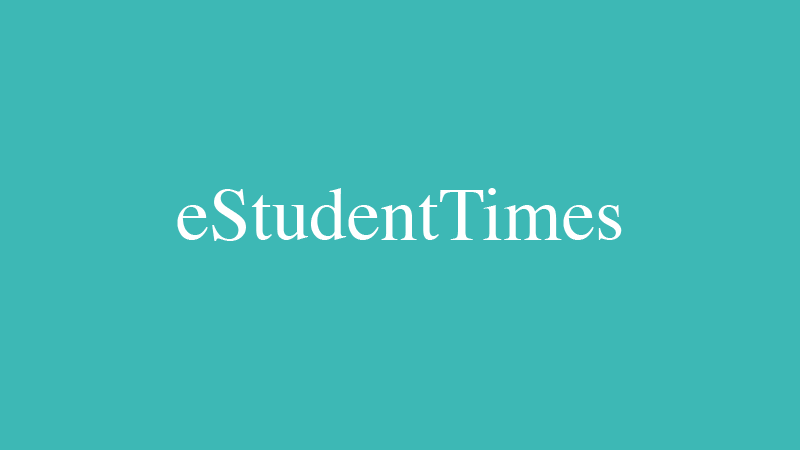
EShort / February 16, 2024
GATE 2024: Response sheet out
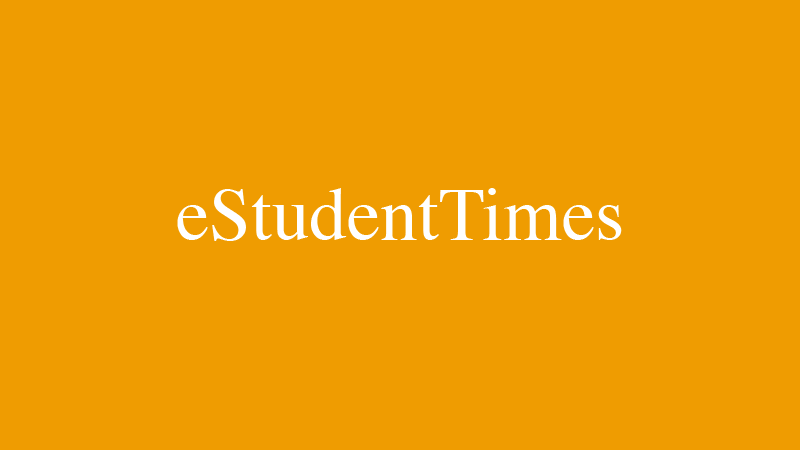
EShort / February 16, 2024
BSSTET 2023: Admit card released

EShort / February 16, 2024
NID DAT 2024: Prelims result released

EShort / February 16, 2024
IIT JAM 2024: Response sheet released
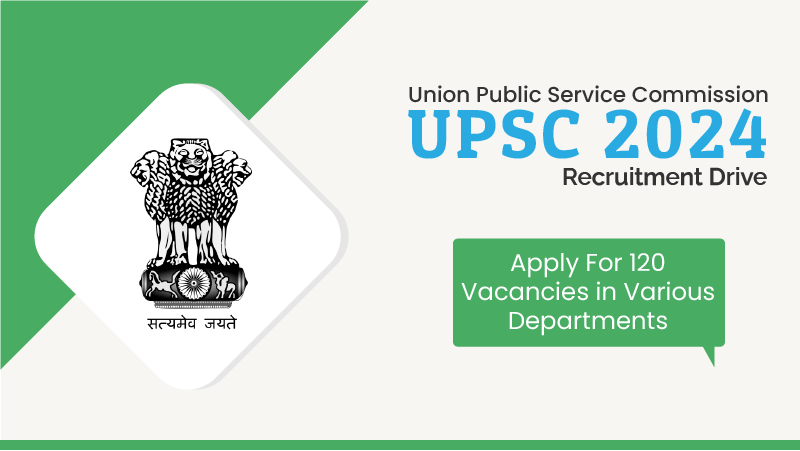
Jobs / February 16, 2024
UPSC Recruitment Drive 2024: Apply for 120 vacancies in various departments

EShort / February 14, 2024
UPSC CSE 2024: Official Notification issued; application process begins

Editor's Desk / April 17, 2020
How Does Society Impact Our Education?
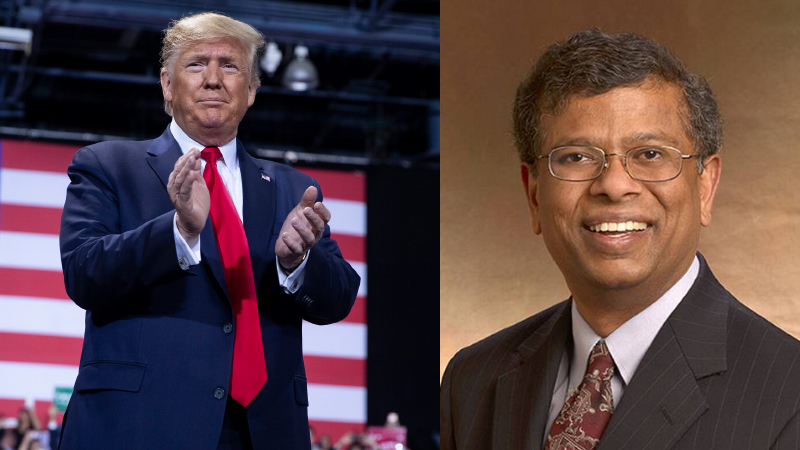
Current Affairs / April 22, 2020
Mr. Sudarsanam Babu appointed to U.S. Science Board.
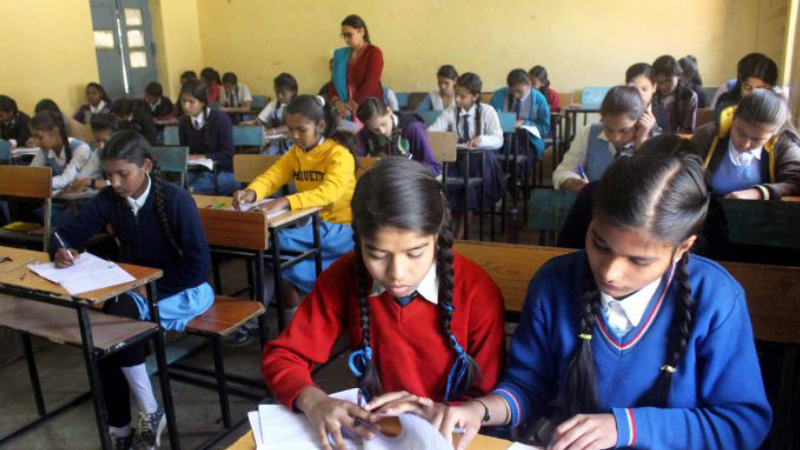
Reforms / April 17, 2020
Traditional Structure of Education In India
.jpg)
Events & Seminars / April 17, 2020
PISA!!
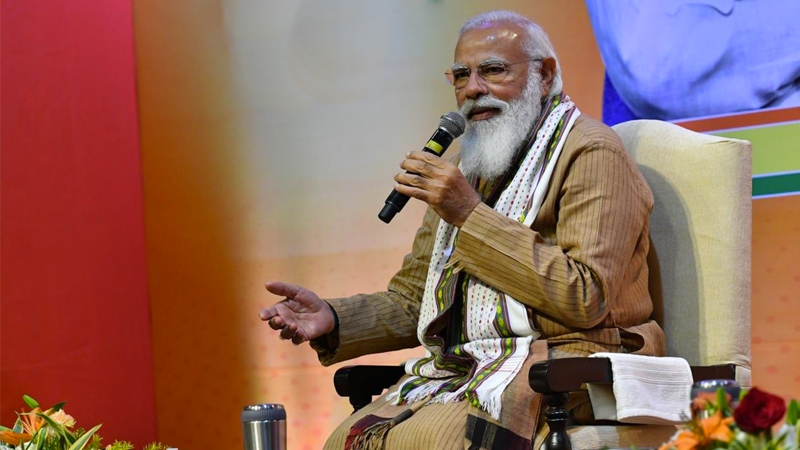
Blog / February 26, 2021
Government's Action On #ModiRojgaarDo

EShort / May 19, 2022
CUET PG 2025 has started the registration process.

Notice Board on Important Dates / April 21, 2020
World Heritage Day

News / July 08, 2021
JEE Mains Registration For Session 3: Last Date To Apply

EShort / December 14, 2021
UPSC Declared Final Result For DCIO Recruitment


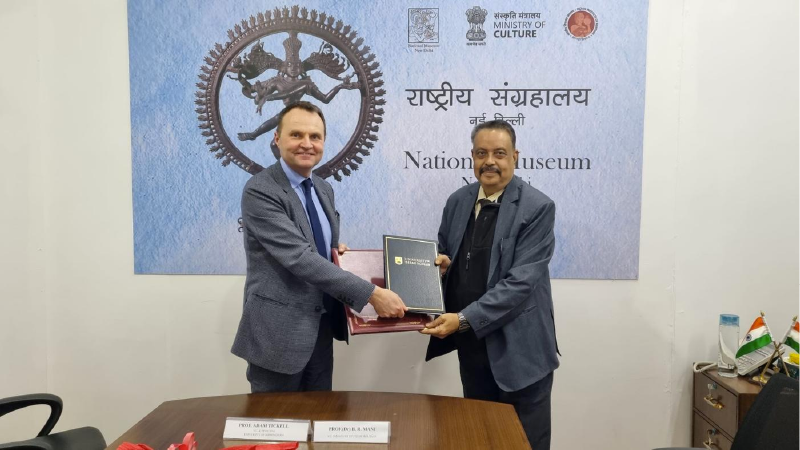













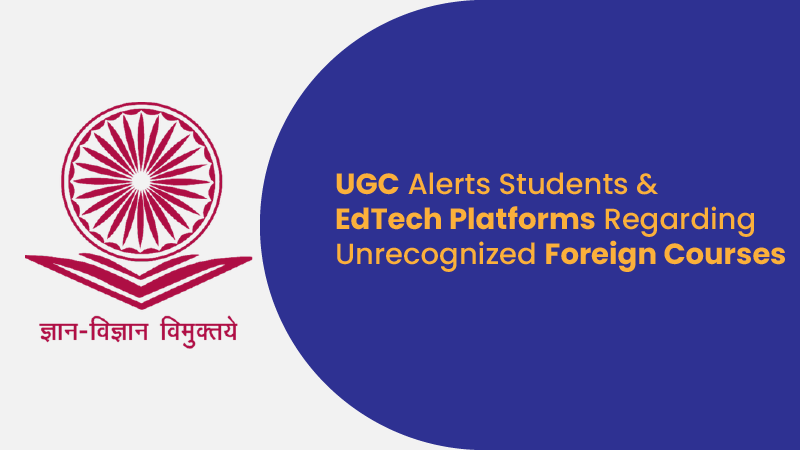



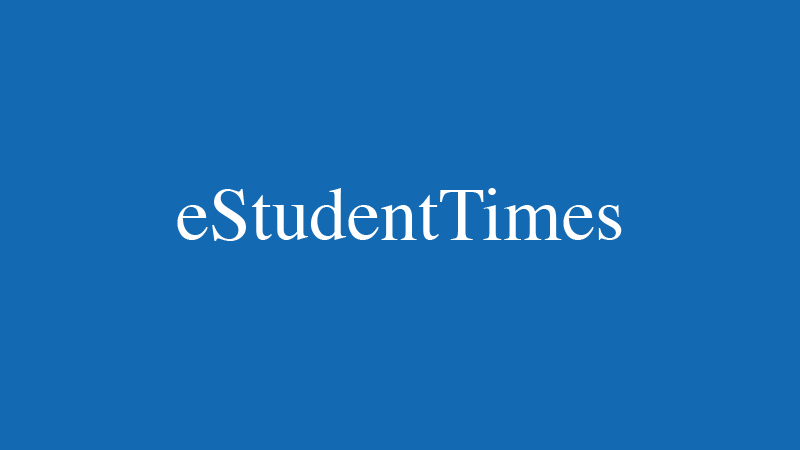


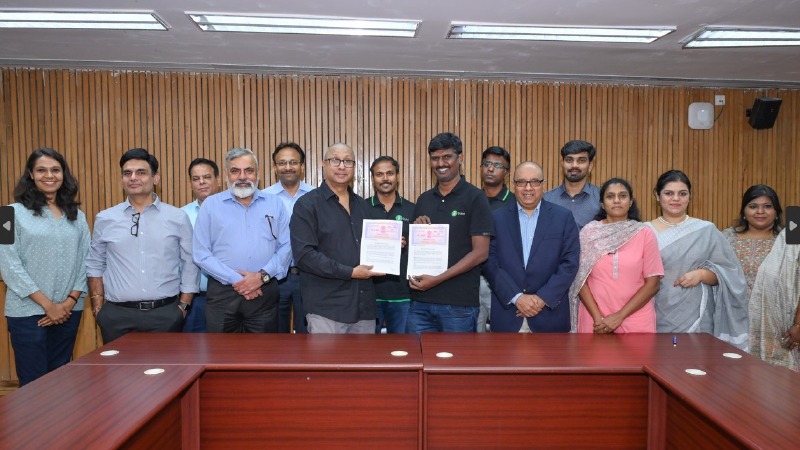
0 Comments
Post Comments